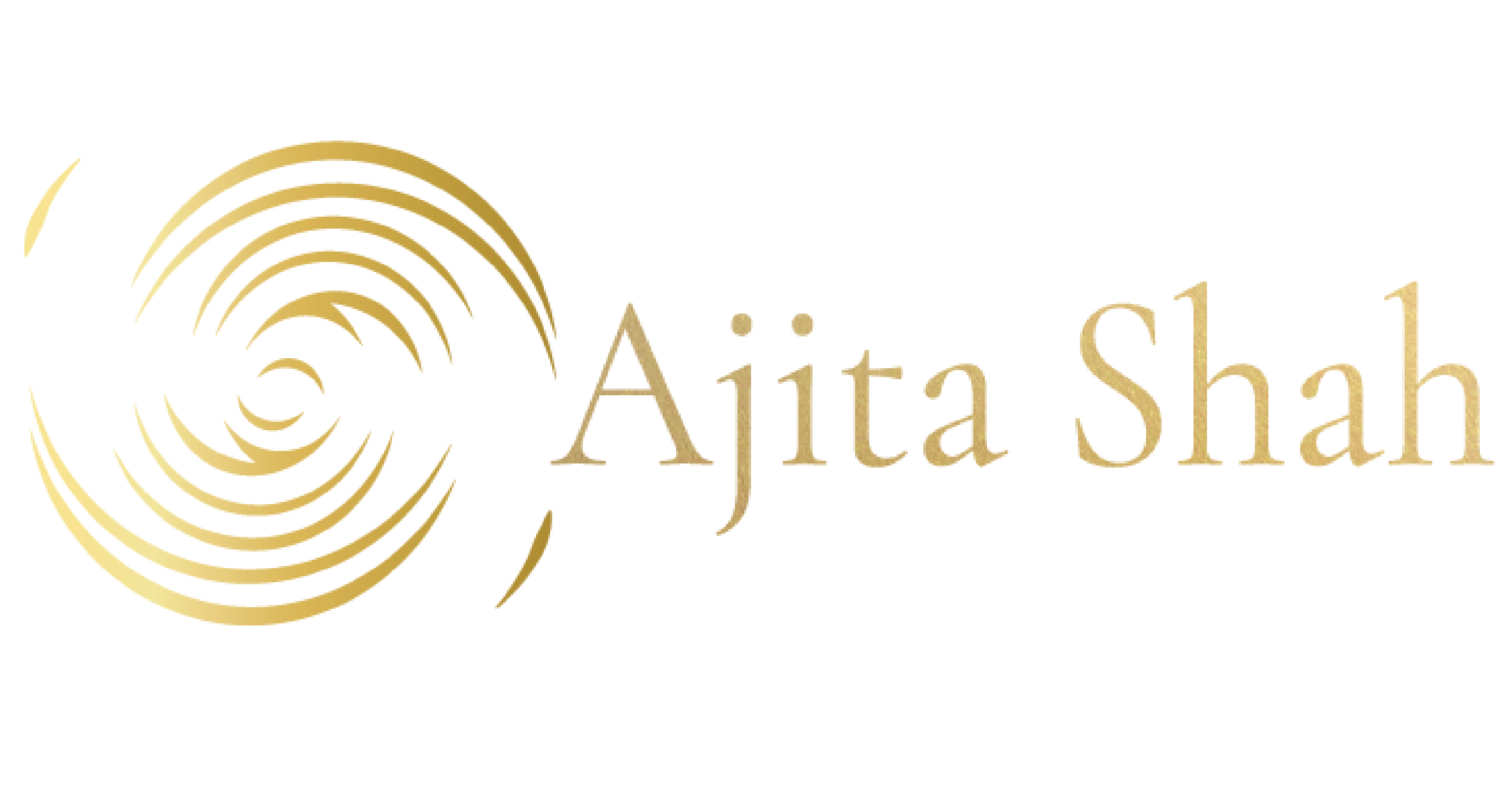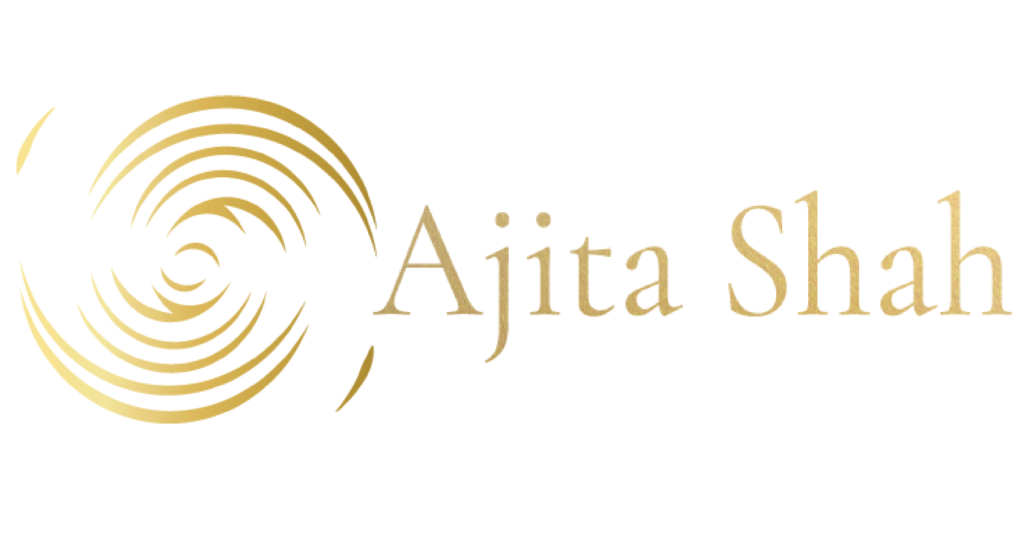Impact of Status Quo Bias Affects Your Decisions
Introduction to the Status Quo Bias
The status quo bias refers to the tendency for individuals to prefer maintaining the current state of affairs over making a change. This bias is seen in various decision-making situations, such as investment choices, political voting, and consumer purchasing habits.
One reason for the existence of the status quo bias is that humans have a natural inclination towards the familiar. When faced with a decision, you tend to favor options that you are already familiar with and have a certain level of comfort with, rather than taking a risk on something new. Additionally, the status quo bias also stems from a lack of information or understanding about potential options. When faced with a complex decision, you default to sticking with the current situation because you are uncertain about the consequences of change.
Another reason for the status quo bias is the cognitive ease that comes with sticking with what is already known. Making a decision, especially a complex one, requires effort and mental energy. The status quo bias is seen as a form of mental laziness, as it allows us to avoid expending mental effort on evaluating choices.
The status quo bias has significant consequences in various areas of life. In business, it leads to missed opportunities for growth and innovation. In politics, it leads to the entrenchment of inefficient policies and systems. In personal finance, it leads to wrong decision-making in investment and retirement planning.
However, it is important to note that the status quo bias is not necessarily a negative thing. In certain situations, sticking with what is available may be the best decision. The key is to be aware of the bias and to actively consider substitutes before making a decision.
The Role of the Status Quo Bias in Decision-making
Status quo bias has a considerable influence on decision-making, as it makes individuals overlook potential substitutes and make decisions based on the familiar rather than what may be the best option.
- Business- In business, the status quo bias makes managers stick with established practices and play safe which hampers growth and innovation. For example, a company may continue to rely on a traditional marketing strategy despite evidence that a new approach may be more effective.
- Personal finance- In personal finance, the status quo bias makes individuals stick with familiar investment options rather than seek out more adventurous investments. For instance, an individual may continue to invest in a familiar stock rather than explore other options that may have a higher potential return.
- Retirement planning – Similarly, the status quo bias leads to missed opportunities for retirement planning, as individuals tend to stick with traditional savings options rather than exploring new ways to invest and grow their savings.
- Consumer purchasing habits- The status quo bias is also seen in consumer purchasing habits. Consumers tend to stick with familiar brands and products, rather than considering options that are more effective or cost-efficient.
The Impact of the Status Quo Bias on Judgments and Decisions
One way in which the status quo bias affects judgments is by causing individuals to overestimate the value of the status quo. This leads to a failure to consider potential choices, as individuals may believe that the current state of affairs is the best option available. Additionally, due to status quo bias, individuals underestimate the potential benefits of change, causing them to overlook opportunities for improvement. In addition, the status quo bias also makes an individual lack confidence in decision-making. When individuals are not considering options, they may not have a complete understanding of the situation and may lack confidence in their decision.
Limitations of the Status Quo Bias
Status quo bias has a significant impact on decision-making, it also has a number of limitations that ultimately provides suboptimal outcomes.
- Another limitation of the status quo bias is that it leads to a lack of innovation. By sticking with the familiar, individuals may be less likely to explore new ideas and approaches, which inhibits progress and development.
- The status quo bias also leads to a lack of confidence in decisions
- Additionally, the status quo bias leads to a failure to adapt to changing conditions. A company may continue to rely on an outdated business model, rather than adapting to changing market conditions.
Ways to Overcome the Status Quo Bias
- One way to overcome the status quo bias is to gather information on alternatives and evaluate them objectively. This is done by comparing the potential benefits and drawbacks of each option, as well as the potential risks and rewards. By taking the time to consider alternatives, individuals make a more informed decision and avoid the trap of sticking with the familiar.
- Another way to overcome the status quo bias is to seek out the advice of experts or consult with others. This provides individuals with new perspectives and insights, which helps to broaden their understanding of the situation and potentially identify new alternatives.
- A third way to overcome the status quo bias is to set a specific decision-making process and stick to it. This help to ensure that all alternatives are considered and that the decision is based on objective criteria, rather than emotional biases.
- Another way to overcome the status quo bias is to be aware of the psychological and emotional context that affects the bias. The status quo bias is intensified in situations where the decision-maker is anxious, or the social context is uncertain. By being aware of these contextual factors, individuals take steps to reduce their impact and make a more informed decision.
- Additionally, regularly reviewing and updating decision-making processes and strategies help to overcome the status quo bias.
In conclusion, the impact of status quo bias has a substantial impact on your decision-making process. It leads you to make choices that are not in your best interest, simply because they align with what you currently have or what you are used to. It is important to be aware of this bias and actively try to overcome it by considering alternative options and critically evaluating the pros and cons of each one. By doing this, it ensures that your decisions are based on logical reasoning and not just a preference for what is familiar.



Leave a Reply